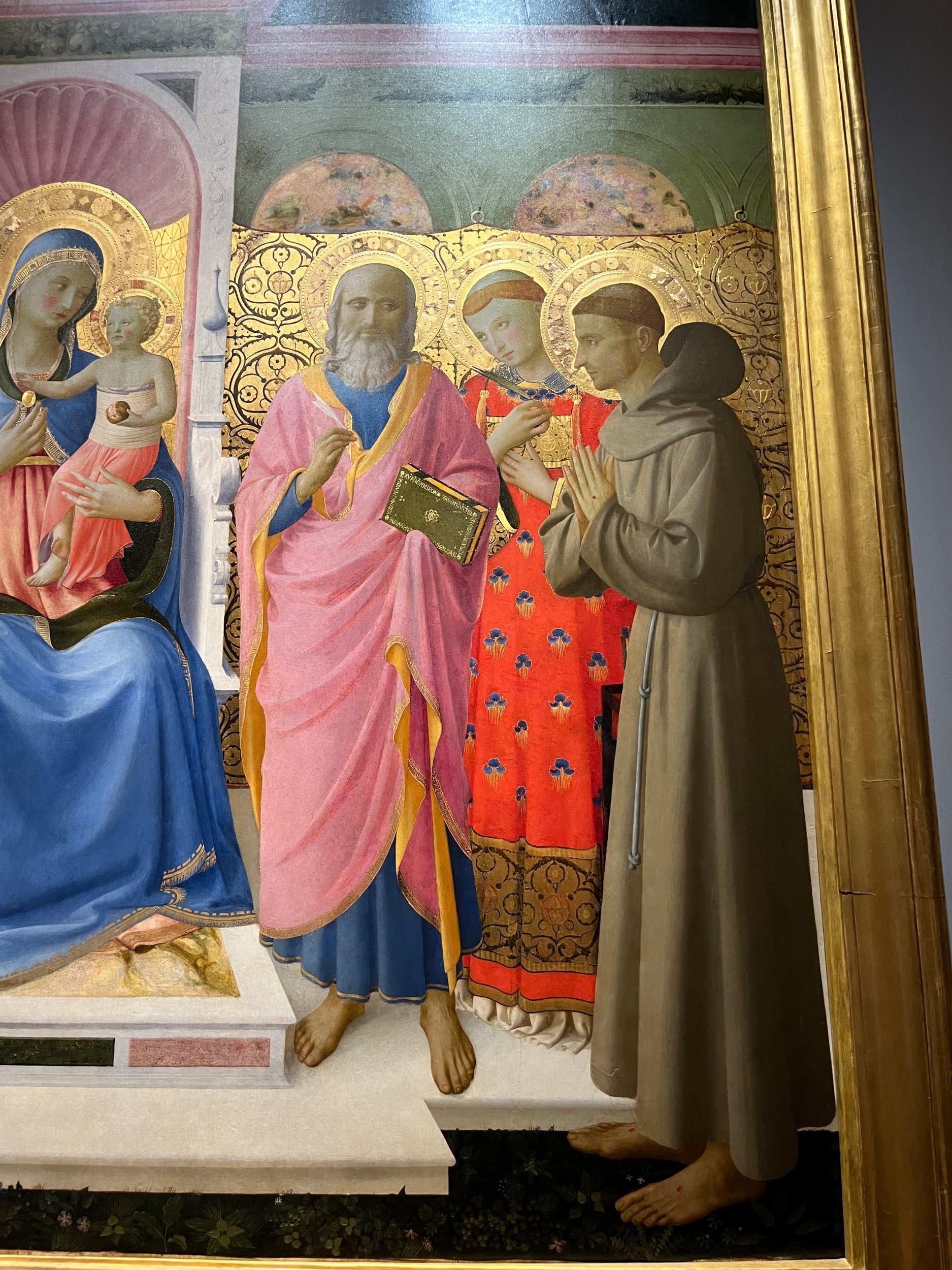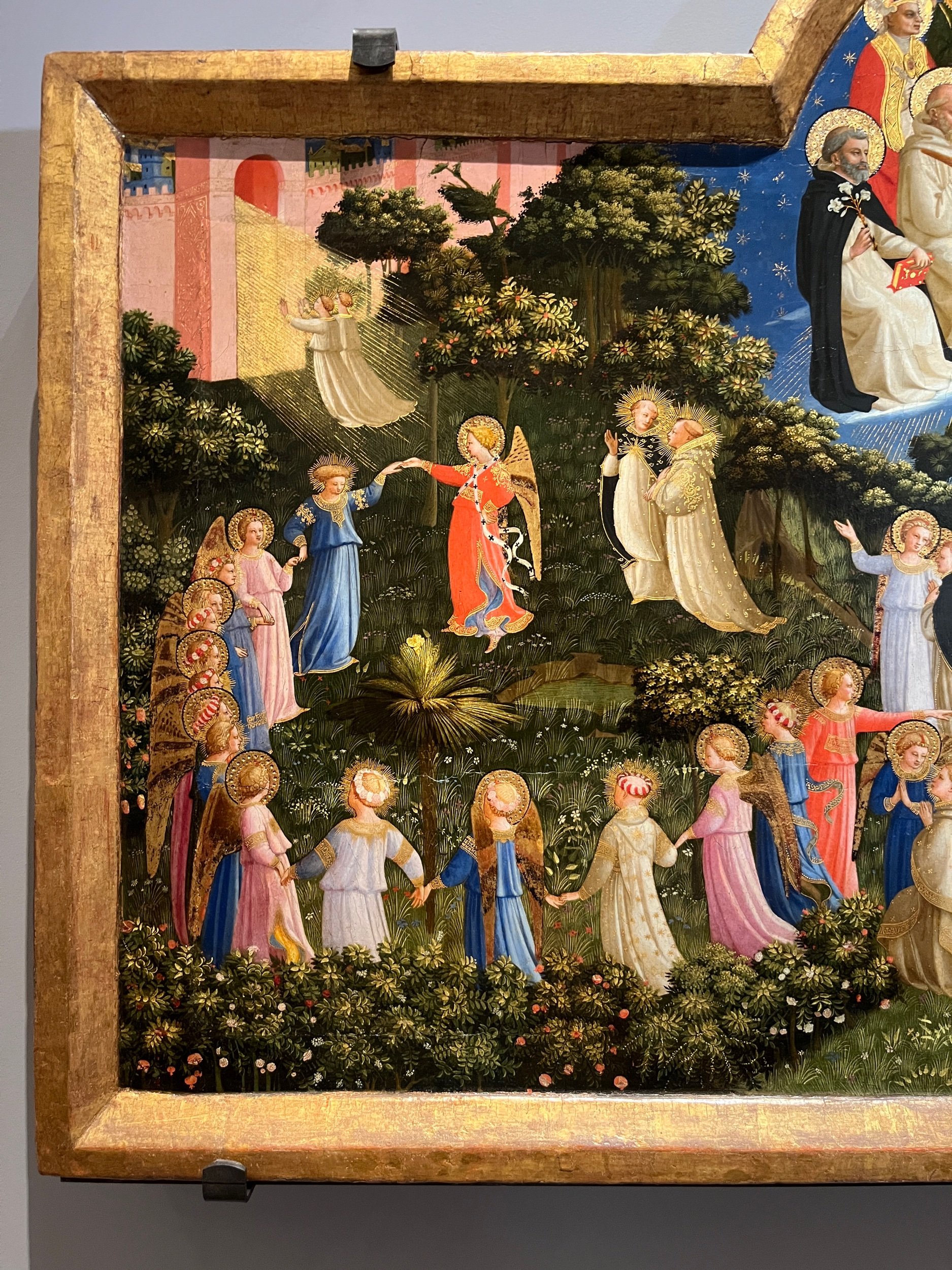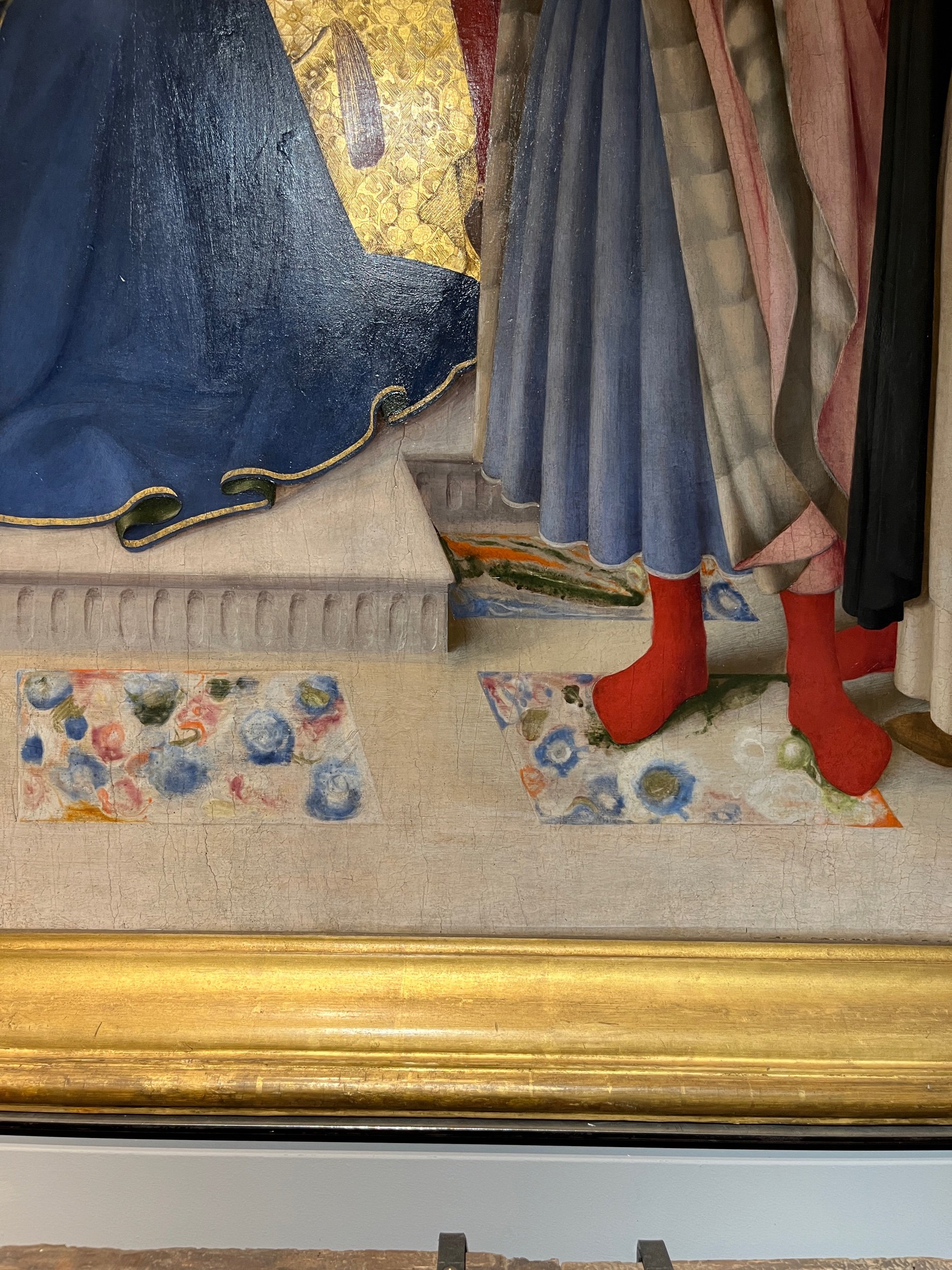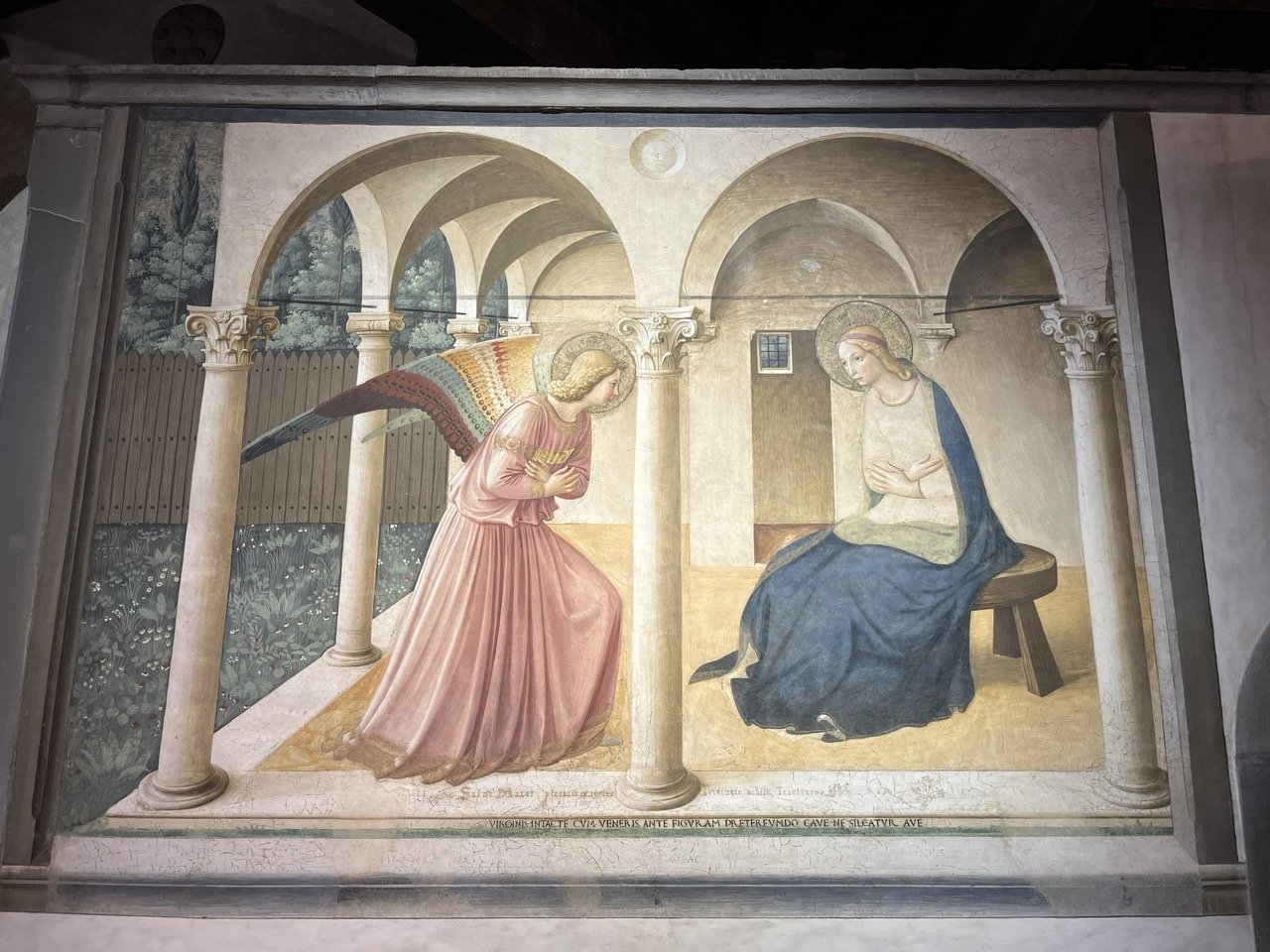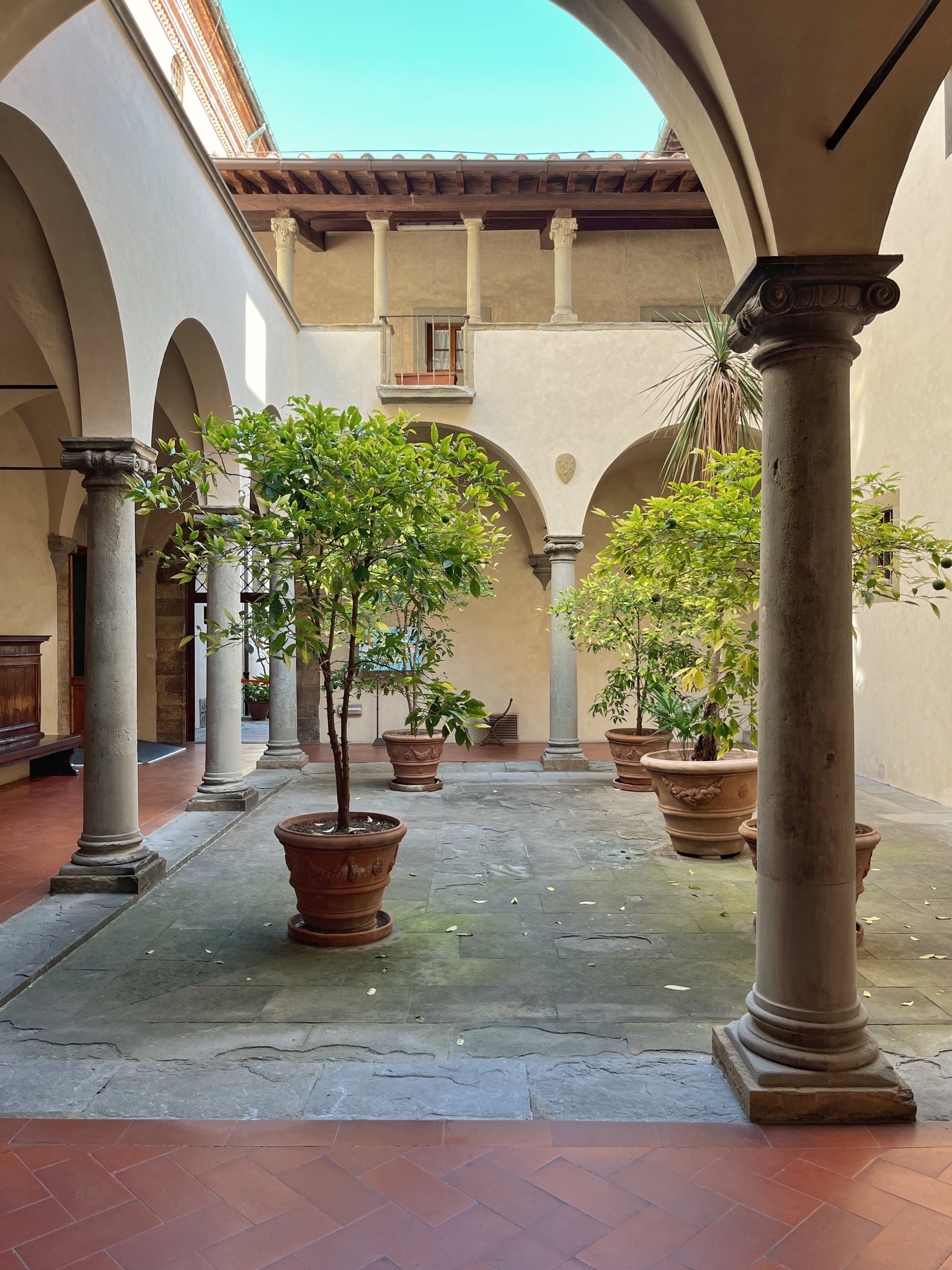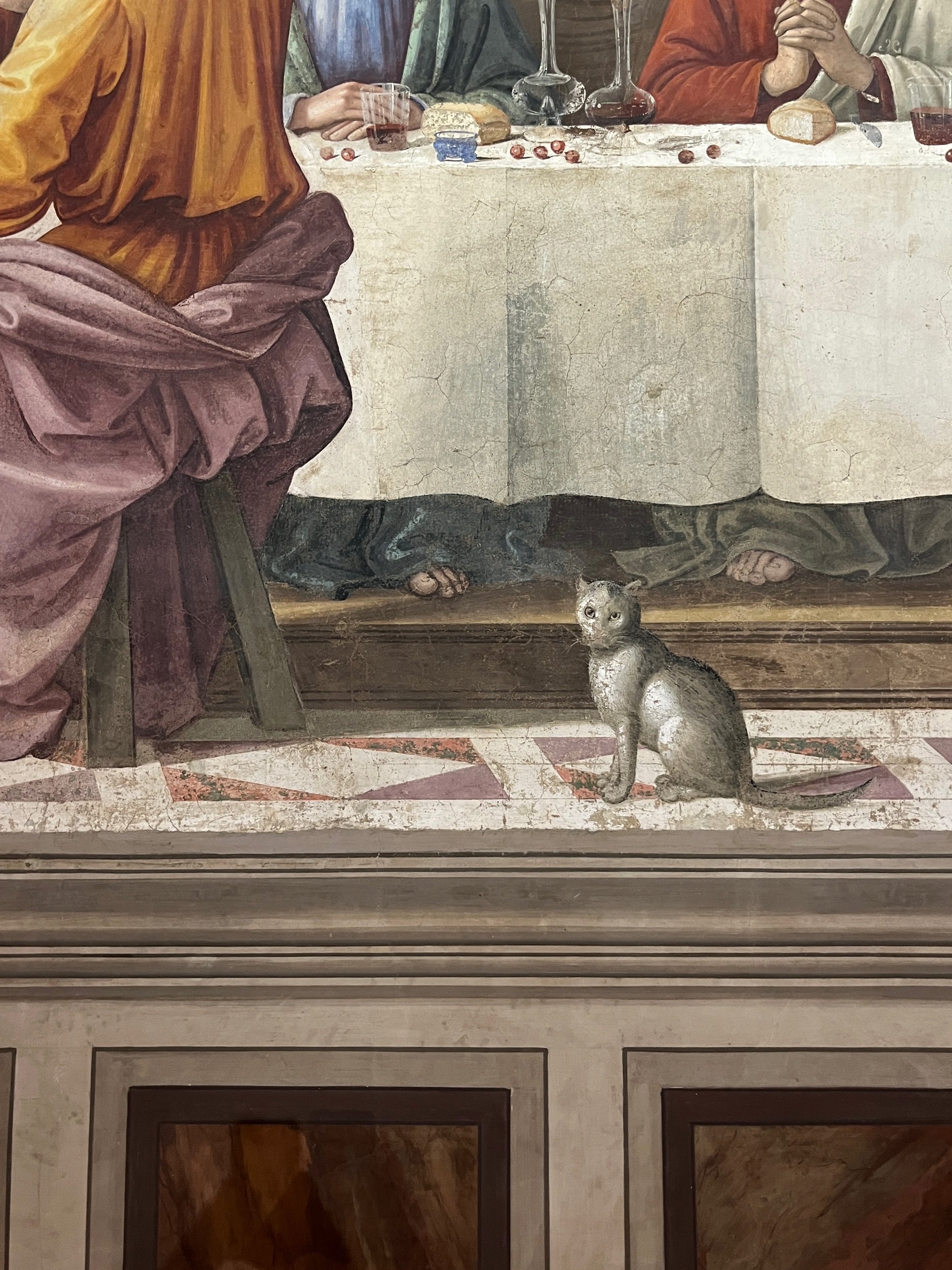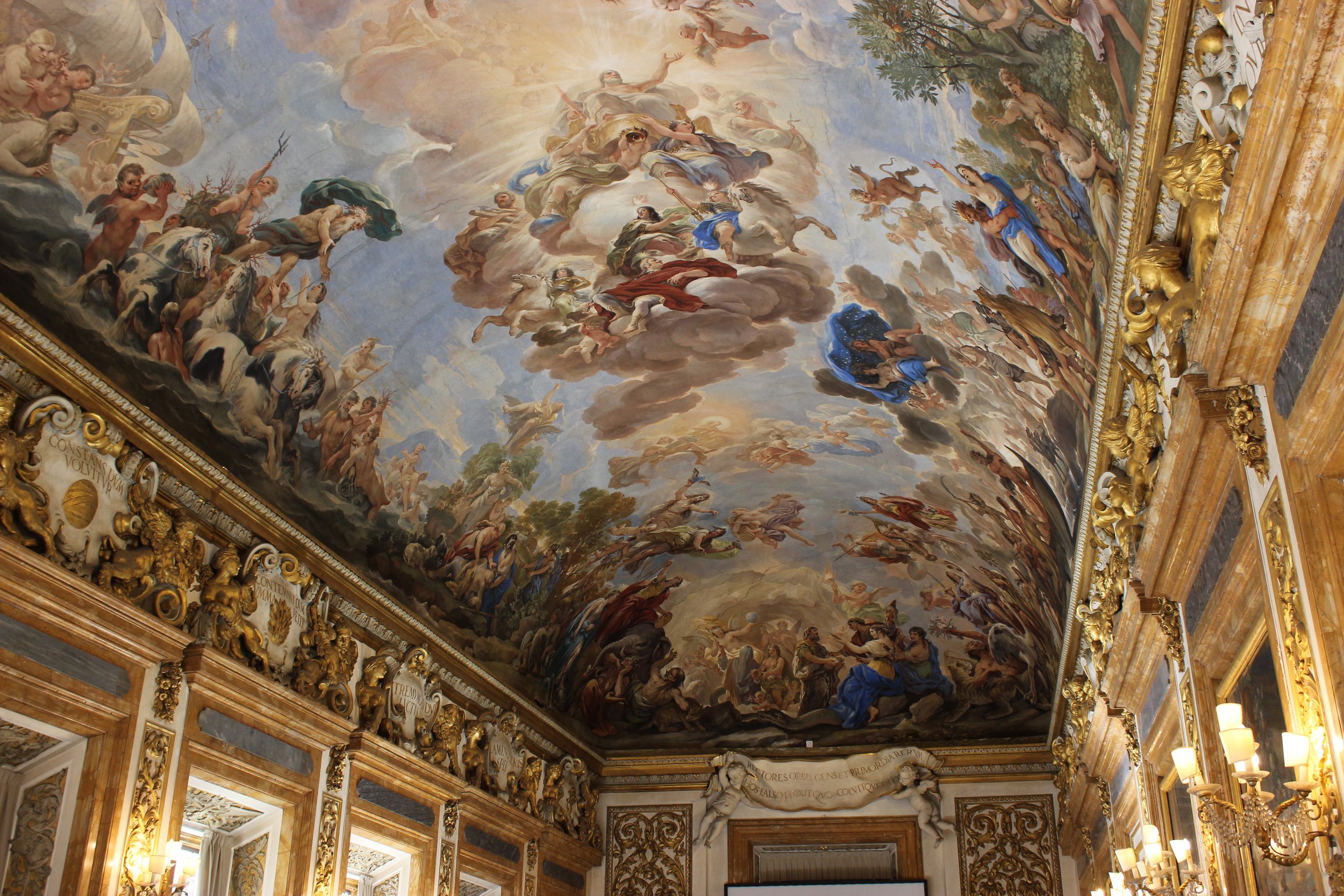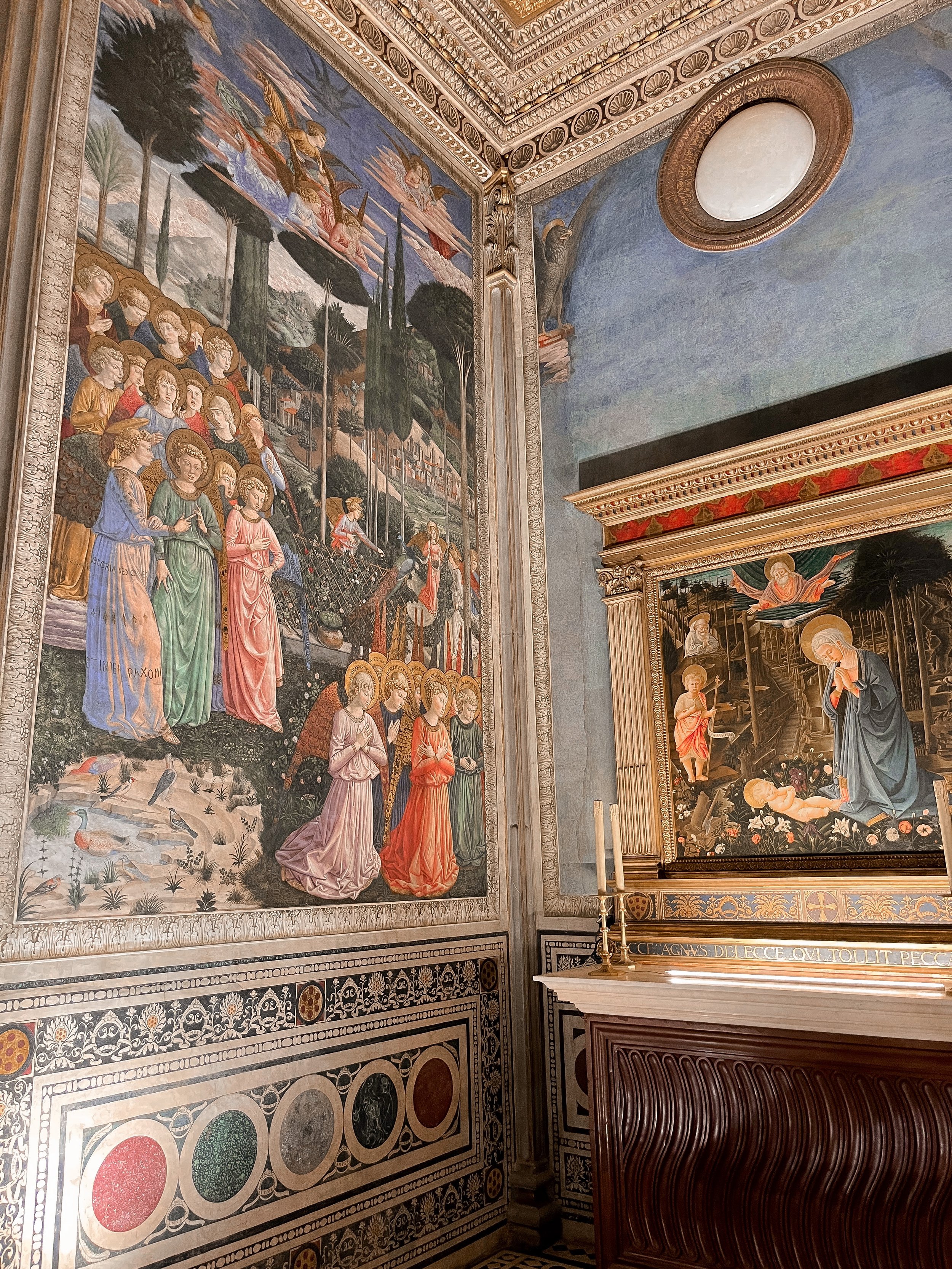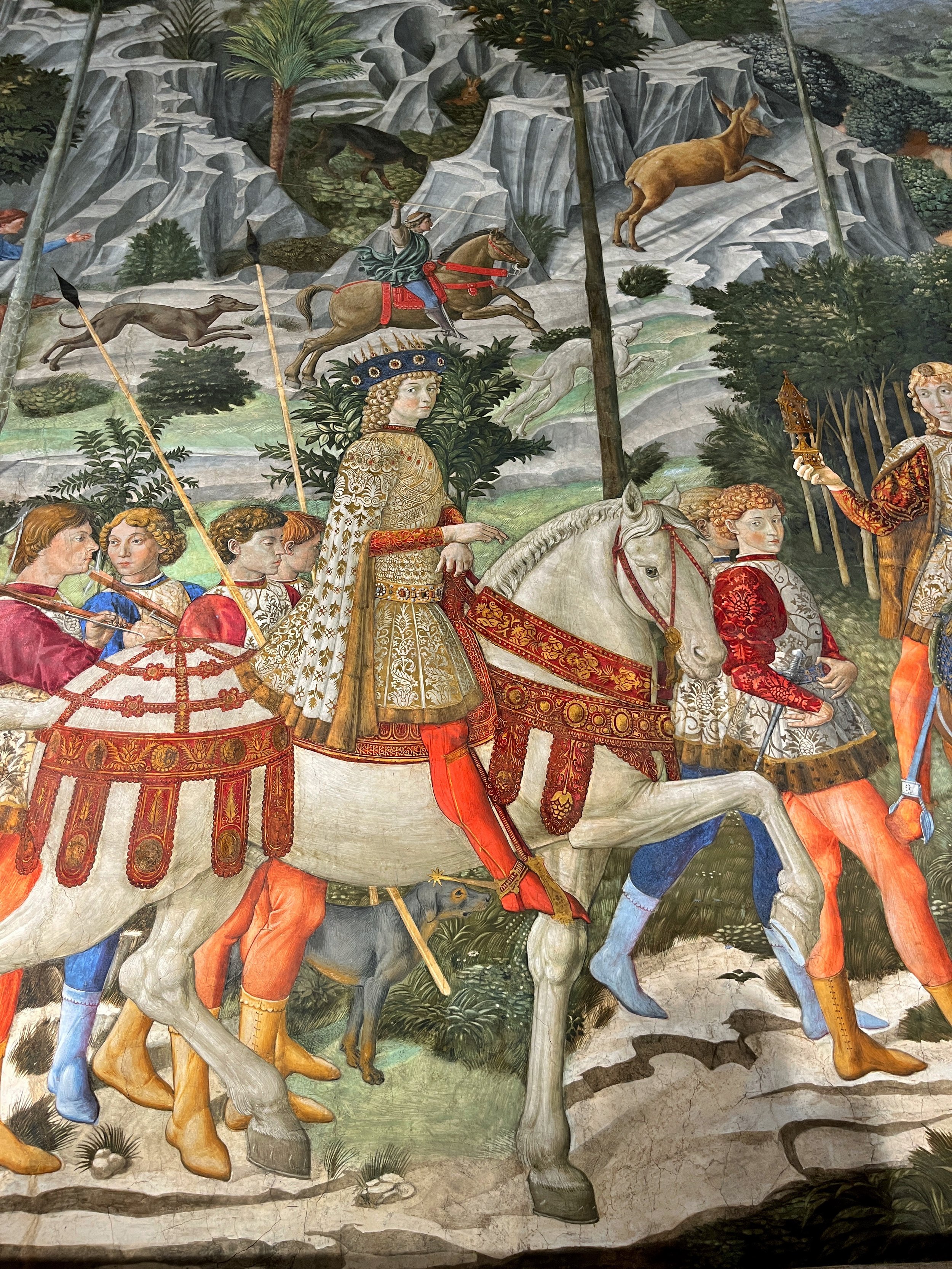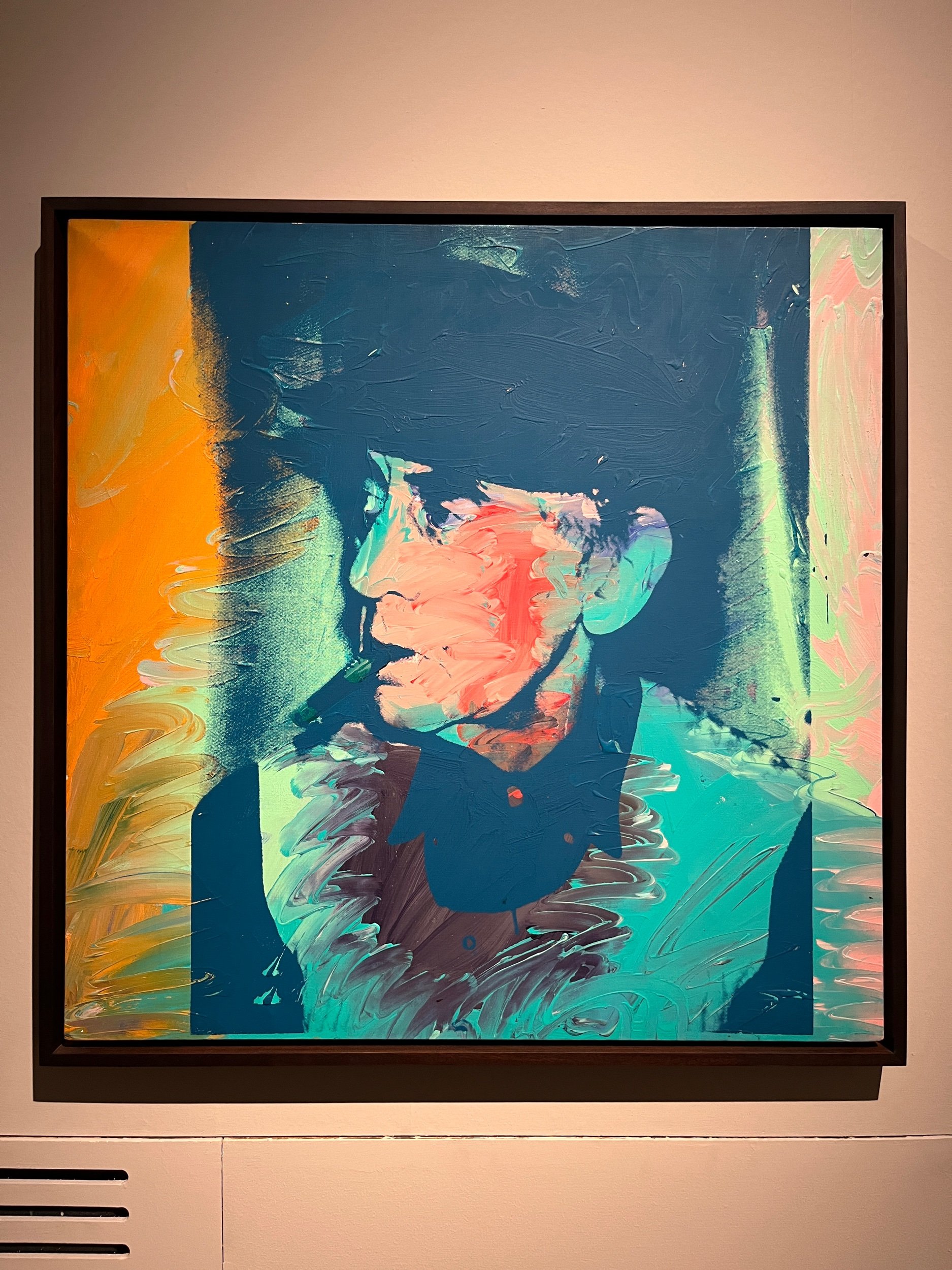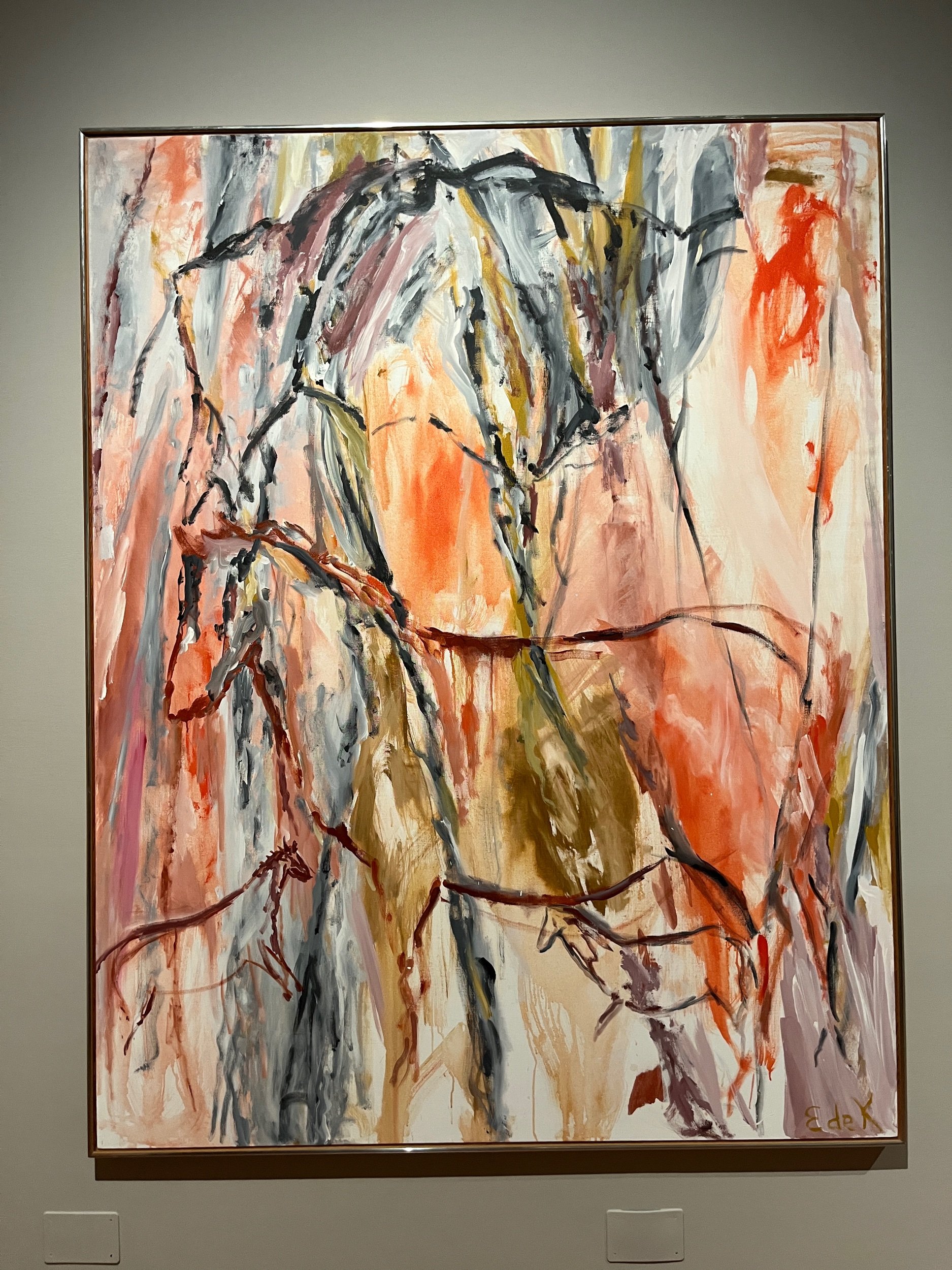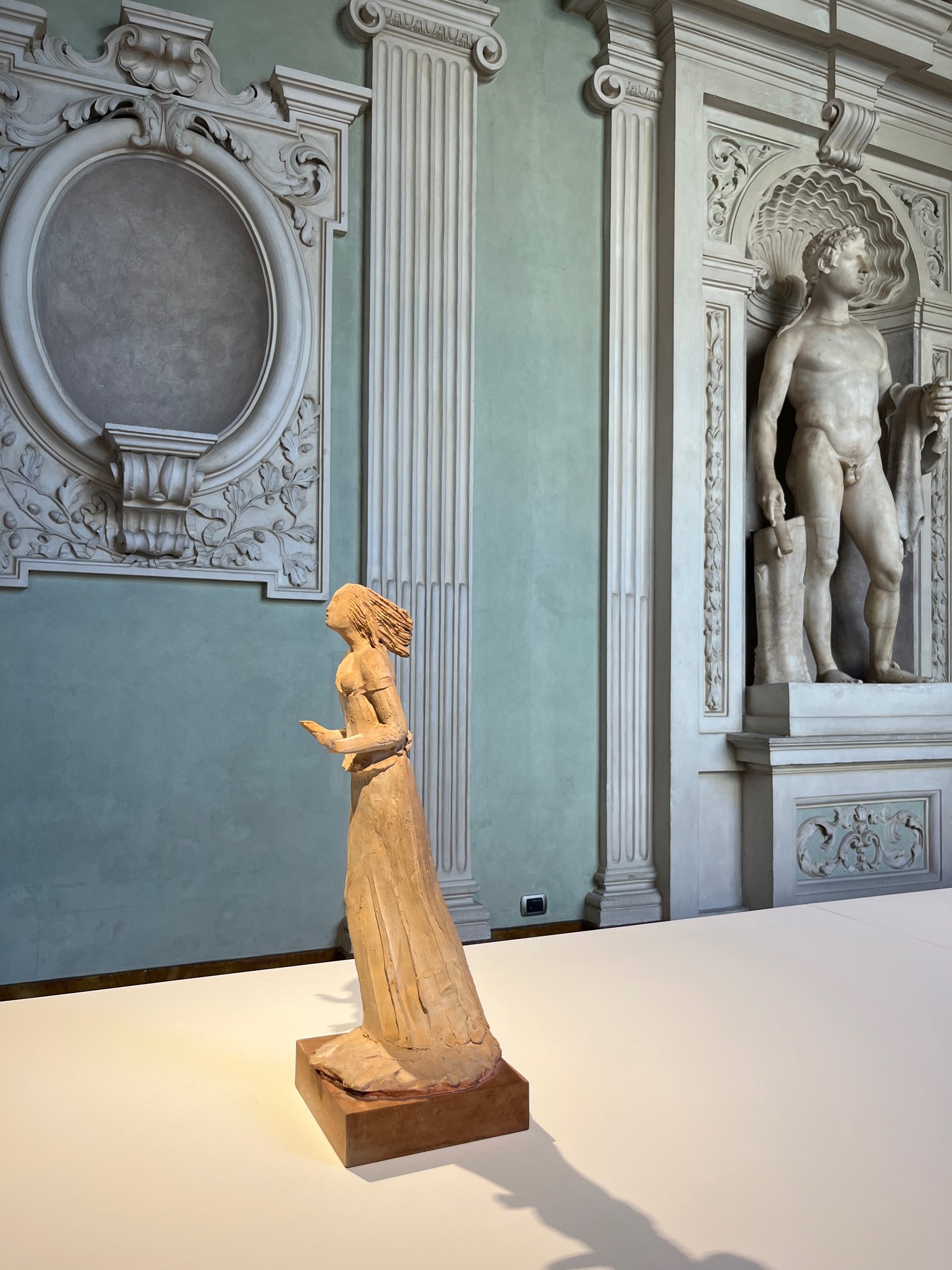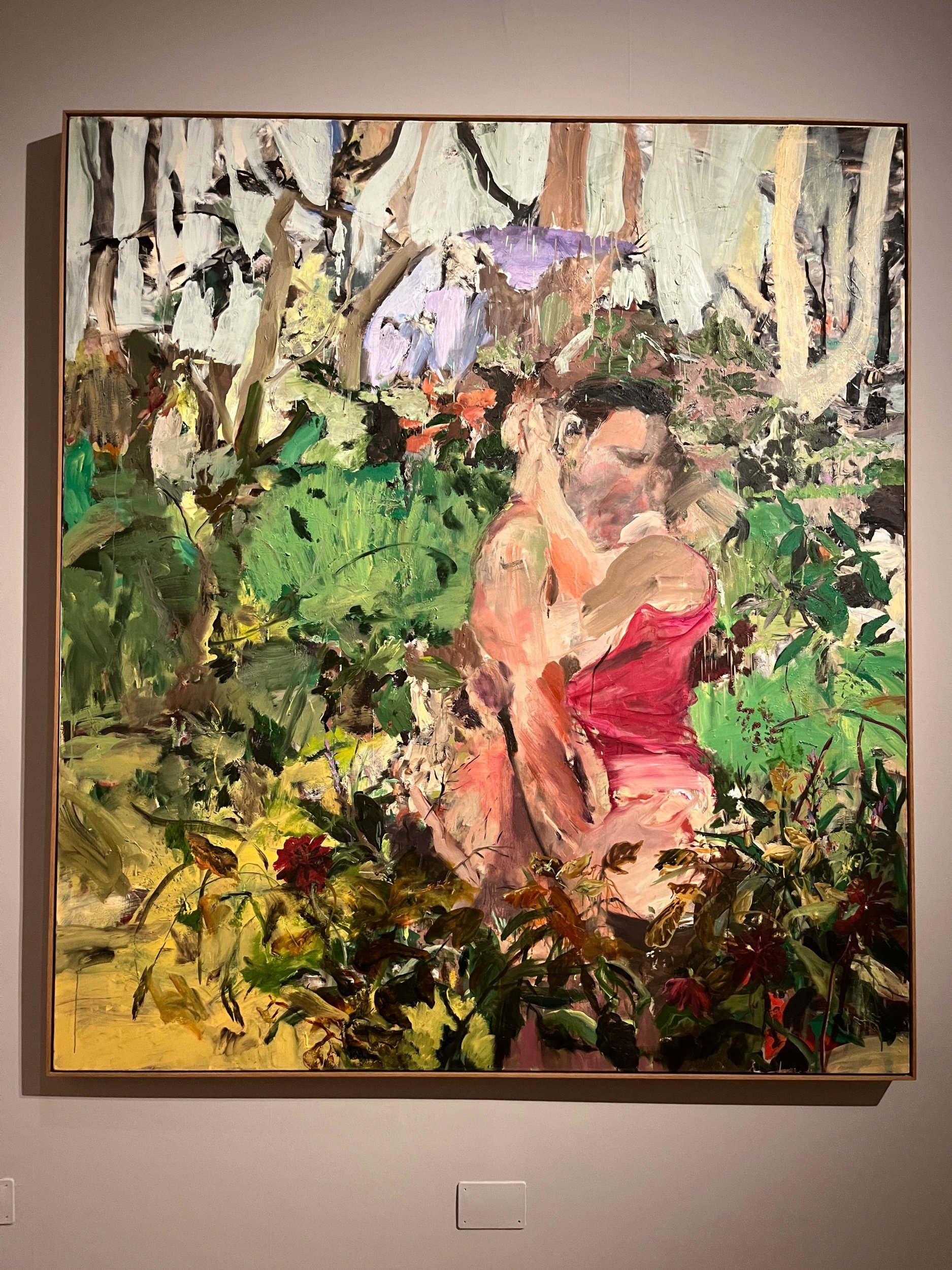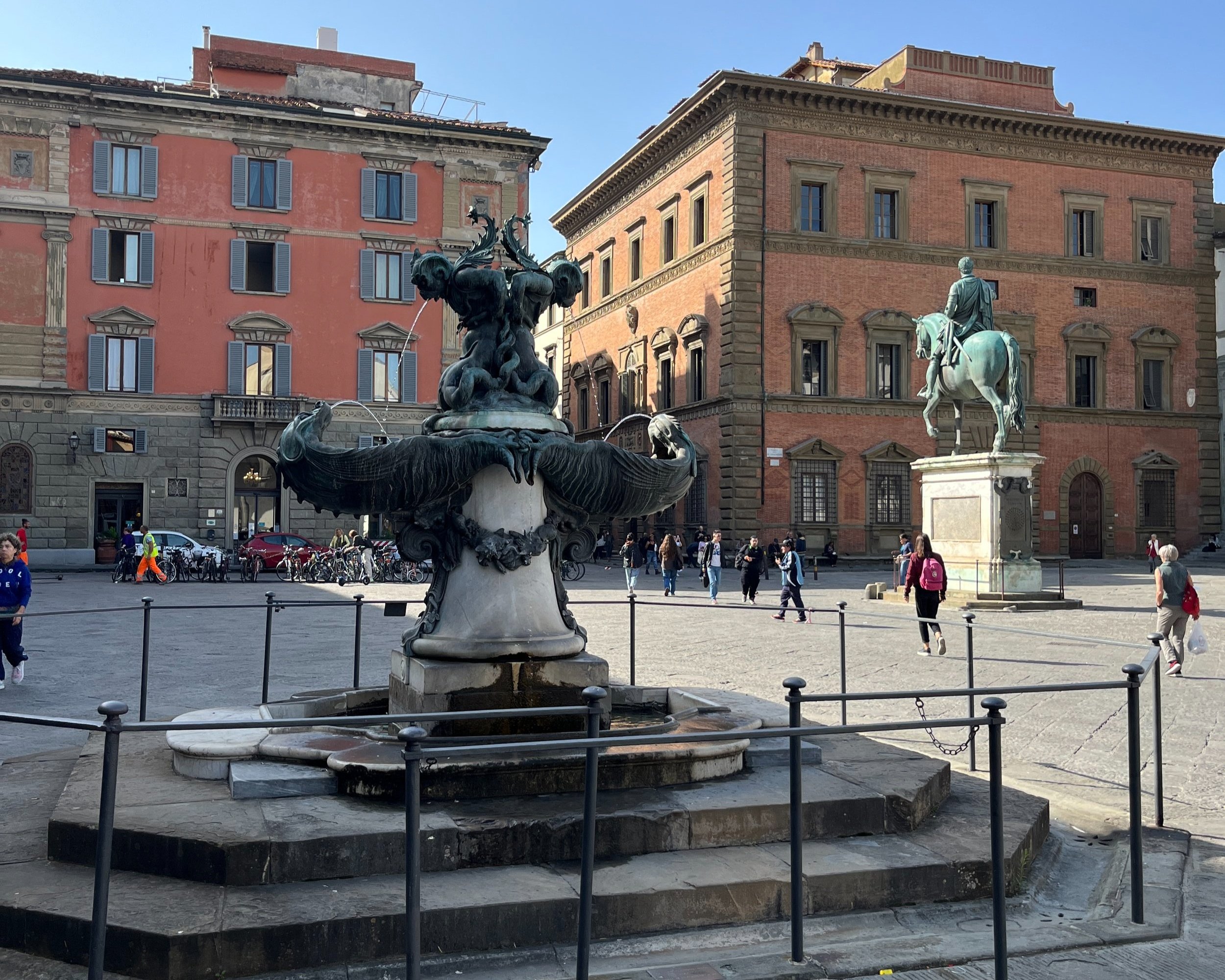Florence art itinerary: San Marco neighbourhood
My guide to the best art to see and food to eat in the San Marco neighbourhood of Florence.
San Marco is a neighbourhood in Florence which is just north of the duomo and Santa Maria Novella station. It’s a major art destination as it hosts the Accademia Gallery, but has many other treasures to visit.
There is so much art to see in Florence that it can be overwhelming; by grouping my art guides into neighbourhoods, I hope it will make it easier to plan and enjoy each area in Florence. That said, Florence is very walkable, and you are at maximum a 20 minute walk away from every site you may want to see at any given time. It is worth spending a good bit of time in each neighbourhood, as they have distinct character and many places to explore.
Just a note that this guide bleeds into the S. Annunziata and San Lorenzo neighbourhoods which border San Marco.
At a glance…
Art and architecture to see in San Marco
San Marco Museum
Palazzo Medici Riccardi
Accademia Gallery
Laurentian Library
Hospital of the Innocents
Food to eat in San Marco
Cafe Lietta
Are e Sicilia
Trattoria Sergio Gozzi
La Menagere
La Gelatiera
Mercato Centrale
San Marco Museum
€8 | Free with Firenze Card
The San Marco Museum is a religious complex including the large San Marco church (free to visit) and the convent, which houses frescoes from the 15th-16th centuries. It is best known for Fra Angelico’s Annunciation fresco, but also holds many other incredible works by the artist, otherwise known as Beato Angelico in Italy.
Upon entry one enters a cloisters where each arch is filled with 16th century frescoes. In my experience, San Marco is a much less busy art destination in Florence than many others, so I was immediately struck by the peace and quiet here.
There is a small gallery featuring altarpieces and other freestanding works by Beato Angelico. Seeing the details of these up close was astounding. I was struck by the details he included that felt so modern: the naturalistic and expressive faces of the angels, the varied texture of the gold leaf, and the way he painted marble tiles that looked to me as if they could be miniature Monet paintings.
Once upstairs I was greeted by the Annunciation. Fra Angelico’s version has always been one of my favourites. The gentleness and calm of the whitewashed walls and simple arches speaks to Mary’s humility in a way that all the reimagined Renaissance interiors she’s often pictured in totally pass over. She looks anxious but in an introspective way; her expression is so subtle. What I had never known before was that Angel Gabriel’s wings sparkle! Fra Angelico must have used some sort of mineral pigment in the wings, as I moved back and forth they caught the light and added to the majesty and movement of his presence.
Then I was able to explore the small rooms that the monks stayed in at the convent. Each one was painted with a small fresco framed by an arch. I found it so moving to peek into the space—I could imagine the quiet and contemplative life lived by the people who inhabited these rooms.
What I didn’t realise was that San Marco was the convent of Savanarola, and so what are thought to be his rooms are also open to explore. While I previously thought of the space as simple and heavenly I know wondered if there was a hint of severity or the sinister beneath it all. To be honest, I always feel this sort of tension when it comes to Christian art and spaces. The religion has bred some of the most transcendent artwork and architecture on earth, yet there is always so much more going on beneath it than the glorification of God.
In the end, I found San Marco to be my favourite place I visited in Florence. It is such a contrast to the rest of the city and I felt a visceral connection with the painter, his frescoes and his devotion to God.
I highly recommend visiting San Marco, even if only visiting for one or two days in Florence.
Palazzo Medici Riccardi
€10 | Free with Firenze Card
Palazzo Medici Riccardi is one of the many Medici residences in Florence and offers access to several opulent interiors. While originally the home of the Medici, it was sold to the Riccardi family in 1659 who then expanded the palace.
The most spectacular part of the palace for me was the Magi Chapel, painted by Benozzo Gozzoli in the 15th century.
Stepping into this room was magical. The jewel-tones of the frescoes look perfectly conserved and the paint is saturated and luminous. Gozzoli was a student of Fra Angelico, so visiting after having seen the frescoes at San Marco made clear the evolution of painting in the 15th century. Gozzoli’s frescoes are elegant and complex, and exemplify the difference in tone between the opulent desires of the Medici and the sparse designs of Fra Angelico’s frescoes for the monks of San Marco. This would have been used as the Medici’s private family chapel.
Elsewhere in the palazzo were more ‘modern’ additions by the Riccardi family who owned the palace after the Medici. This included the very Baroque Luca Giordano Gallery with it’s trompe l’oeil ceiling.
Interestingly, the palazzo was also hosting an exhibition from the Museo Novocento which was a collection of modern and contemporary art from a private collection.
In the end, I thought it was worth it to visit the palazzo for the Magi Chapel, but the €10 entry was steep in comparison to other Florence museums. I would go again if I had the Firenze Card, otherwise I think there are more spectacular places to visit.
Accademia Gallery
€12 | Free with Firenze Card, must book ahead
Aside from the Uffizi, the Accademia Gallery is the most famous gallery in Florence as it holds Michelagelo’s David. It also contains significant paintings and even musical instruments. As it can be extremely busy, I’d suggest going very first thing in the morning (8:15am) or in the late afternoon. Luckily David is so monumental that the crowds can’t block your view!
Laurentian Library
€9.50 with visit to San Lorenzo church | Free with Firenze Card
Famous for its mathematical proportions, the Laurentian Library was designed by Michelangelo and still functions today. You can visit it as part of the San Lorenzo church complex, and next door are the Medici Chapels as well.
Ospedale degli Innocenti
Free to access public area | gallery visit €17.50
The Ospedale Degli Innocenti, or Hospital of the Innocents, was designed by Brunelleschi in 1419 to care for abandoned children. Now it sits in a popular square in Florence where university students hang out and eat lunch. It is possible to visit inside the building and to see the collection, but a ticket costs €17.50 which is very steep. I enjoy hanging out here on the steps and having a look at della Robbia’s famous ceramic roundels of the babies.
Food to eat in San Marco
Cafe Lietta
Cafe Lietta is all the way up at the top of the neighbourhood in Piazza della Liberta. They specialise in piruli, which are sort of shortbread tall tarts filled with custard or various fillings. They are also famous for their budini di riso, a sort of rice pudding tart. The terrace beneath the portico is lovely and worth a visit to try the famous Florentine desserts.
Arà: è Sicilia
This is a Sicilian street food place which sells one of my favourite Italian foods, arancini, or fried risotto balls. They also make what are meant to be some of the best cannoli and have gelato as well.
Trattoria Sergio Gozzi
Trattoria Sergio Gozzi is a small local place for a good meal and is a humble, authentic space filled with art.
La Ménagère
La Ménagère is a fancy cafe/bar/restaurant but also functions as a shop with fresh flowers and home decor. I don’t know how good it is in terms of food, but the design is lovely and is a great place to stop for a drink or a browse. I saw many people working here during the day as well.
La Gelatiera
La Gelatiera is across the street from La Ménagère and has fun flavours of gelato stored freshly in metal containers (a sign of good gelato, rather than the kind that is open on display).
Mercato Centrale
The main food market in Florence, which houses lots of food vendors on the upper floor. A great place to go with a group or for a quick/casual meal and fun to explore.





